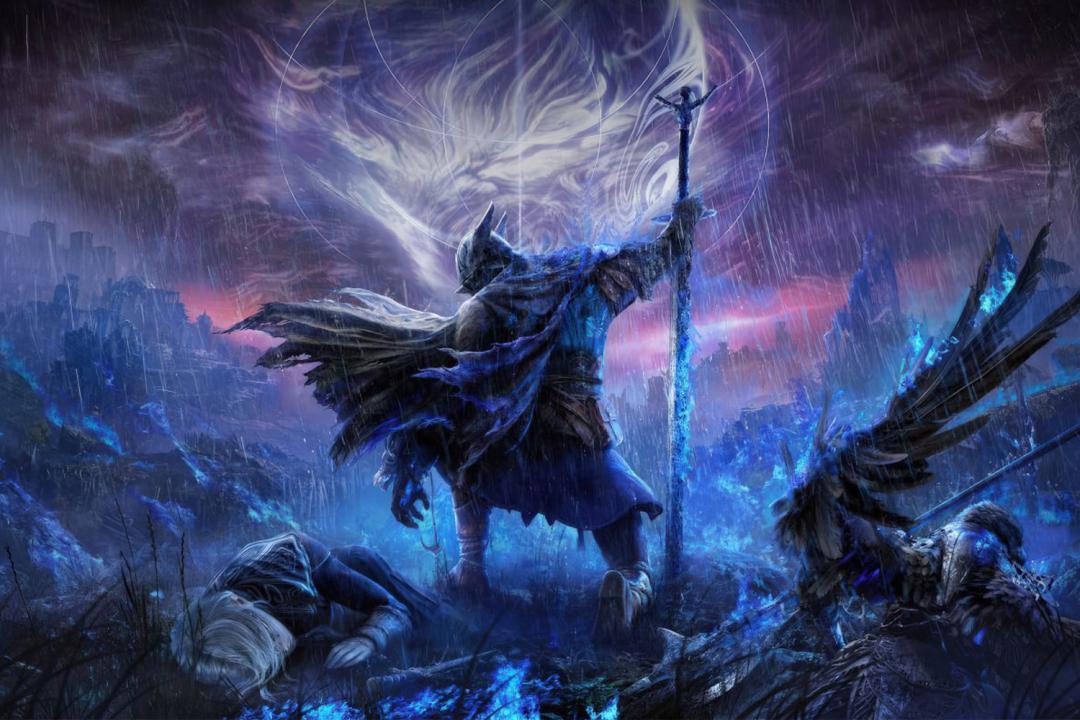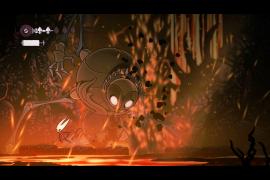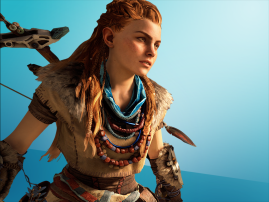I (just about) survived Elden Ring Nightreign’s unforgiving co-op chaos
The dark fantasy action RPG goes a bit rogue and royale-like

Stuff Verdict
Adapt to its initial frustrations and Elden Ring Nightreign is one of the most challenging but rewarding co-op action fantasy games around.
Pros
- The best of Elden Ring in digestible sessions
- Cool variety of character classes and skills
- Rewarding boss fights include a best-of from past FromSoft games
Cons
- Faster structure sometimes at odds with traditional FromSoft mechanics
- Some bosses feel spongy and unbalanced
- A miserable time for solo expeditioners
Introduction
More than three years since its release, Elden Ring has sold over 30 million copies. Not bad for a fantasy RPG that seems to hate you as much as co-creator and Game of Thrones author George RR Martin seems to hate his characters. But you can see why there’s demand to keep the cycle spinning, with a movie adaptation in the works (28 Days Later‘s Alex Garland is attached to direct), and now this new online co-op spin-off, Elden Ring Nightreign.
It doesn’t sound like an idea that should work on paper, even if one of the magical parts of Elden Ring (and the Dark Souls series that preceded it) was the jolly cooperation between strangers. Given how influential FromSoftware’s games have been in the last decade, it’s also peculiar that the developer would be chasing other genre trends. And yet after taking a while to adjust your expectations, there is something special here for players up for working together to overcome some fiendish challenges.
The night is young



Nightreign is essentially Elden Ring condensed into a run-based roguelite, with random loot and persistent upgrades – but also the gradually shrinking open world map of a battle royale. Once you match up in a team of three fellow Nightfarers, or by yourself (there’s sadly no way to play this as just a pair), you drop into Limveld; over the course of three game days, the goal is to defeat the Nightlord on the final day, by ensuring you’ve gotten strong enough with the necessary resources from the previous days.
It’s just the first of many nightlords, just to keep these runs on your toes. After defeating the first one, more become available and you’re free to tackle them in any order. That’s just as well, because the second one is an absolute nightmare – you’d do well to not continue successive runs bashing your head against the wall on them. The map is also constantly changing for each run in terms of what structures and enemies you might encounter. One version of Limveld might contain snowy mountains, while another has lava-filled volcanoes, though it’s also sometimes prone to duplicating the same ruins and soldier camps.
How you explore the map is also dictated by the Night Rain, an encroaching storm that drains your health if you’re caught in it. This happens each day, leaving a large-ish circle on the map, while by night you’re forced into a smaller arena to face a mini-boss. It then means you have to prioritise your objectives: do you hit up the churches first to upgrade the number of times you can heal from your flask, do you seek out rare resources for upgrading your weapons in the caves, or do you focus on defeating other formidable enemies on the map to gain more gear or abilities they drop as well as more runes for levelling up? Do you risk continuing these tasks even when the rains close in or try to save them for the second day when the cycle restarts?
Souls stars





This more streamlined, turbo-charged approach may be appealing for players already into the likes of Apex Legends rather than the commitment of a 80+ hour RPG, but it does mean some elements of what has defined FromSoftware’s hardcore RPGs are lost. When you have to be so quick on your feet, the careful, methodical approach of both Elden Ring and Dark Souls doesn’t really gel. It’s why you won’t be examining items for lore, can’t leave messages for other players, and why your nightfarers are pre-set characters rather than ones you can customise yourself.
The archetypes you’re presented with are nonetheless an interesting bunch that play quite distinctly. Wylder is your typical jack-of-all-trades knight, Raiders hit hard and can also take quite a few hits without being interrupted, while Duchess (who’s unlocked later) moves and attacks swiftly though also more fragile. Perhaps best of all is IronEye, who actually makes bow combat very viable – you can actually get in decent attack damage while maintaining a safe distance.
In that hero shooter-inspired vein, each nightfarer also has their own unique passive and active skills, the latter relying on cooldowns before they can be used. IronEye can slide into enemies to mark them, doubling the damage they receive, while Revenant can summon phantoms as temporary allies. Naturally, each also has ultimates, like how duchess can cloak everyone with invisibility to give you a quick respite from hostile enemies, while Executor transforms into a primordial beast with unique and powerful attacks for a brief time.
To match the faster pace, everyone can sprint and clamber up walls quickly, while using spiritstreams and spectrals hawks can also help you traverse the map at greater speed. It’s not always well implemented though; it can take just a rock or branch on the ground to stop you in your tracks. You’re also still reliant on classic Soulsy combat mechanics such as stamina management and the loss of your runes if you die (though your teammate can revive you, assuming you’re sticking together). You can even shield parry, but why would you stand still to attempt it when there are better options?
Three to play





You’ve not just got nightlords to deal with; a plethora of bosses encountered both on the field and at the end of each night have cheekily been pulled from both Elden Ring and the Dark Souls series. A shrewd case of recycling content, though it does add to the feeling that this is the work of modders rather than an official FromSoft joint.
The one striking change from how these bosses were before is they’re super spongey now, compounded by having mobs spawning in to distract you. This makes it clear how vital it is to level up at checkpoints regularly. If you reach the end of the second day and your level’s still a single digit, you’re unlikely to survive the boss at the end of that day, let alone the nightlord on the final one.
In some team-based games you might count on a strong player to carry the team, but Nightreign demands that you be in synergy with one another to stand a chance. The game doesn’t scale down in difficulty either, meaning the solo expedition option is really just for the most hardcore of masochists. For the rest of us, it means hoping you match up in a competent trio – in other words, nightfarers who don’t run off randomly, or try tackling a big dragon when they haven’t levelled up sufficiently – though it’s definitely recommended organising a party of likeminded pals on voice chat. Summoning a stranger to help you with a boss in Elden Ring is one thing, but trusting two others for three in-game days that can take between 30-45 minutes can feel like a risky commitment.
There are many crushing lows that make you question the time you’ve spent and your poor decisions. Yet when the team is in sync, you feel fully prepared by the final day, and someone’s able to revive you without you having to yell into a headset, it turns out that Nightreign still, against all odds, keeps the spark of what makes Elden Ring special in the first place. You know what they say about how the night is always darkest before the dawn.
Elden Ring Nightreign verdict



In its streamlined online co-op structure, Elden Ring Nightreign often rubs up against the foundations of the FromSoftware action RPG formula in ways that frustrate, and in many ways it really shouldn’t work. This isn’t necessarily going to be one for every Elden Ring devotee who enjoys spending many hours in the Lands Between.
Yet with a compelling roster of nightfarers, each who also have their own optional arcs, a mash-up of past and present FromSoft bosses, and the right team synergy, triumphing over the nightlords brings a new challenge and reward that redefines our expectations of jolly cooperation. For those who felt that this year’s Monster Hunter Wilds had made its core loop a little too frictionless to widen its appeal, here’s a co-op game that keeps its uncompromising teeth intact.
Stuff Says…
Adapt to its initial frustrations and you have one of the most challenging but rewarding co-op action fantasy games around
Pros
The best of Elden Ring in digestible sessions
Cool variety of character classes and skills
Rewarding boss fights include a best-of from past FromSoft games
Cons
Faster structure sometimes at odds with traditional FromSoft mechanics
Some bosses feel spongy and unbalanced
A miserable time for solo expeditioners



